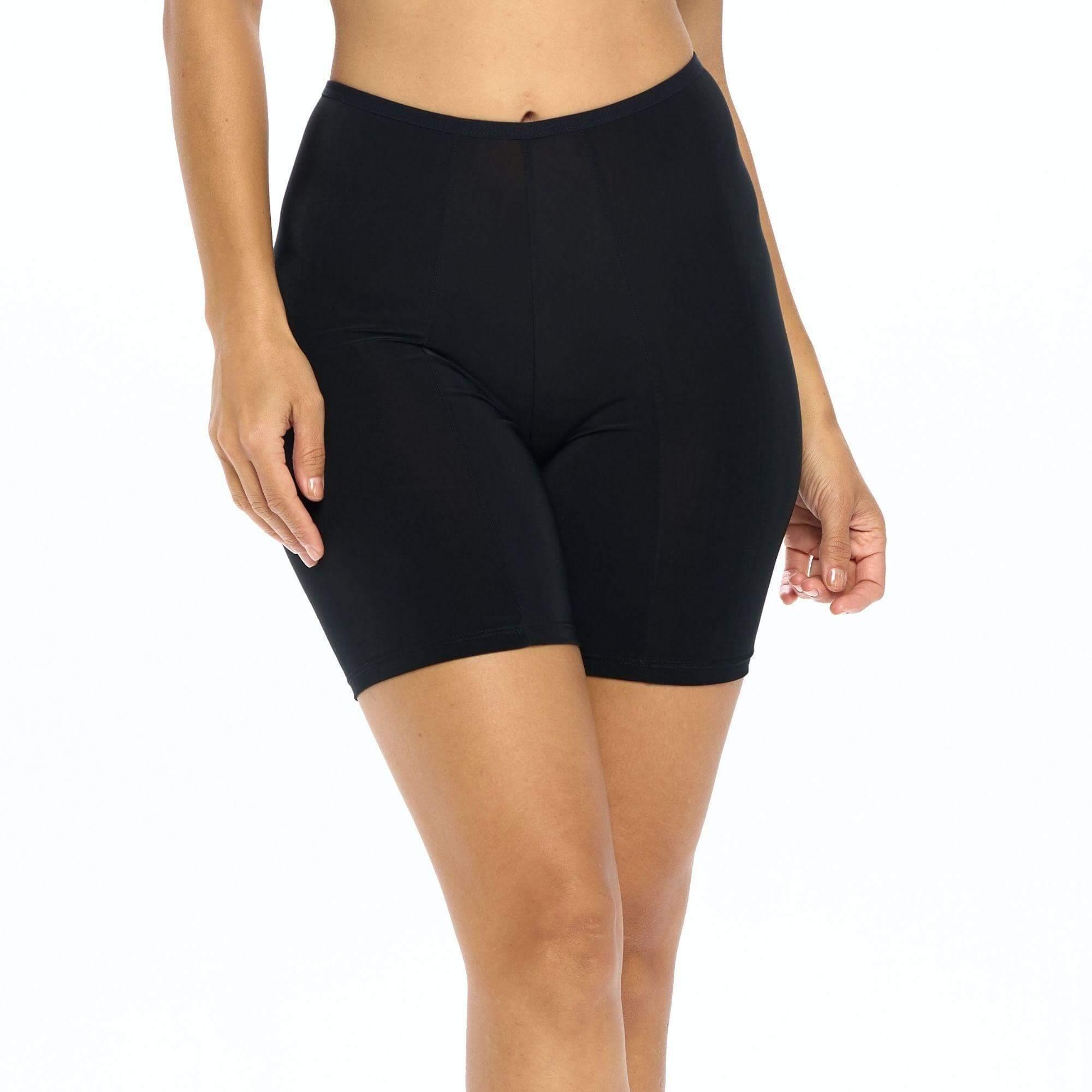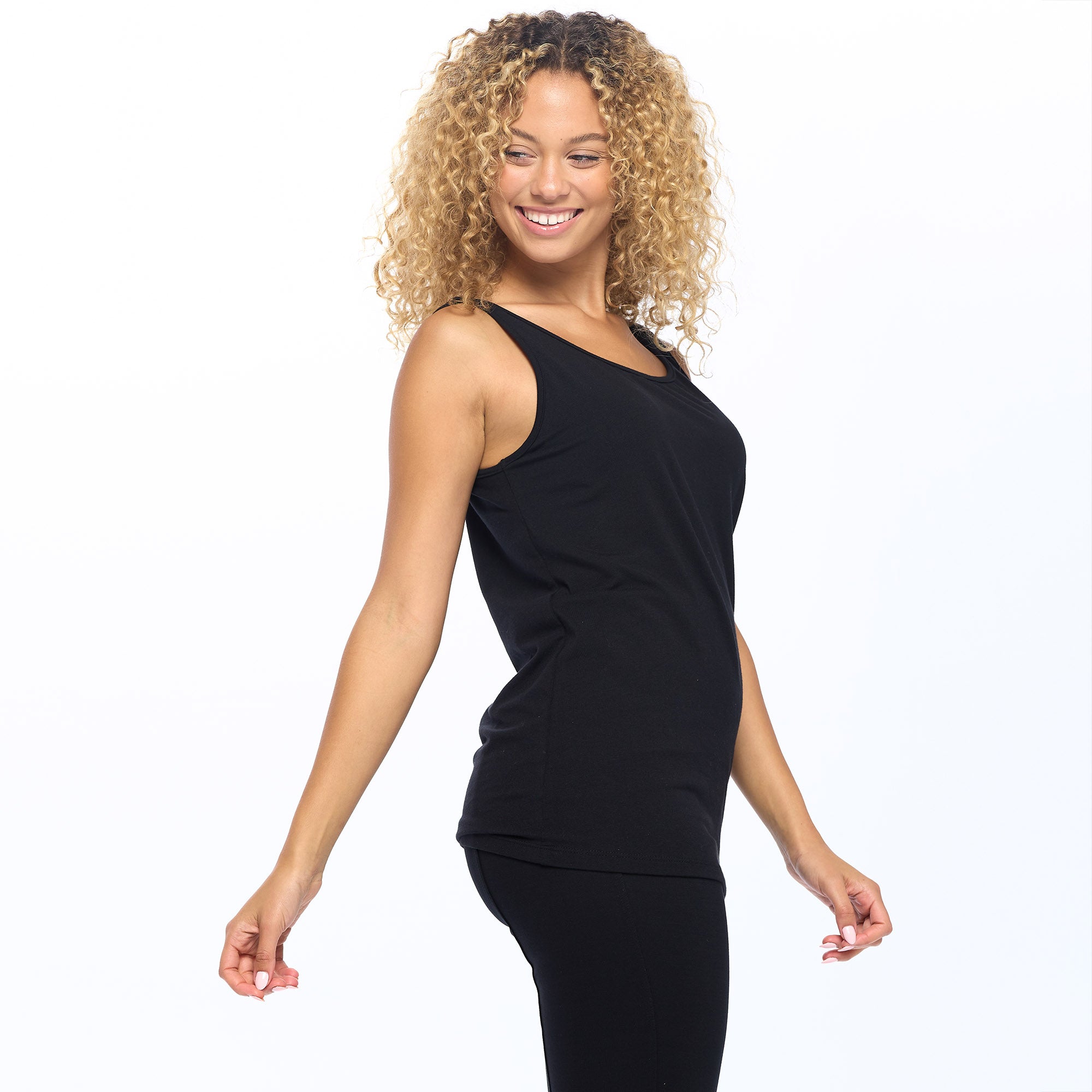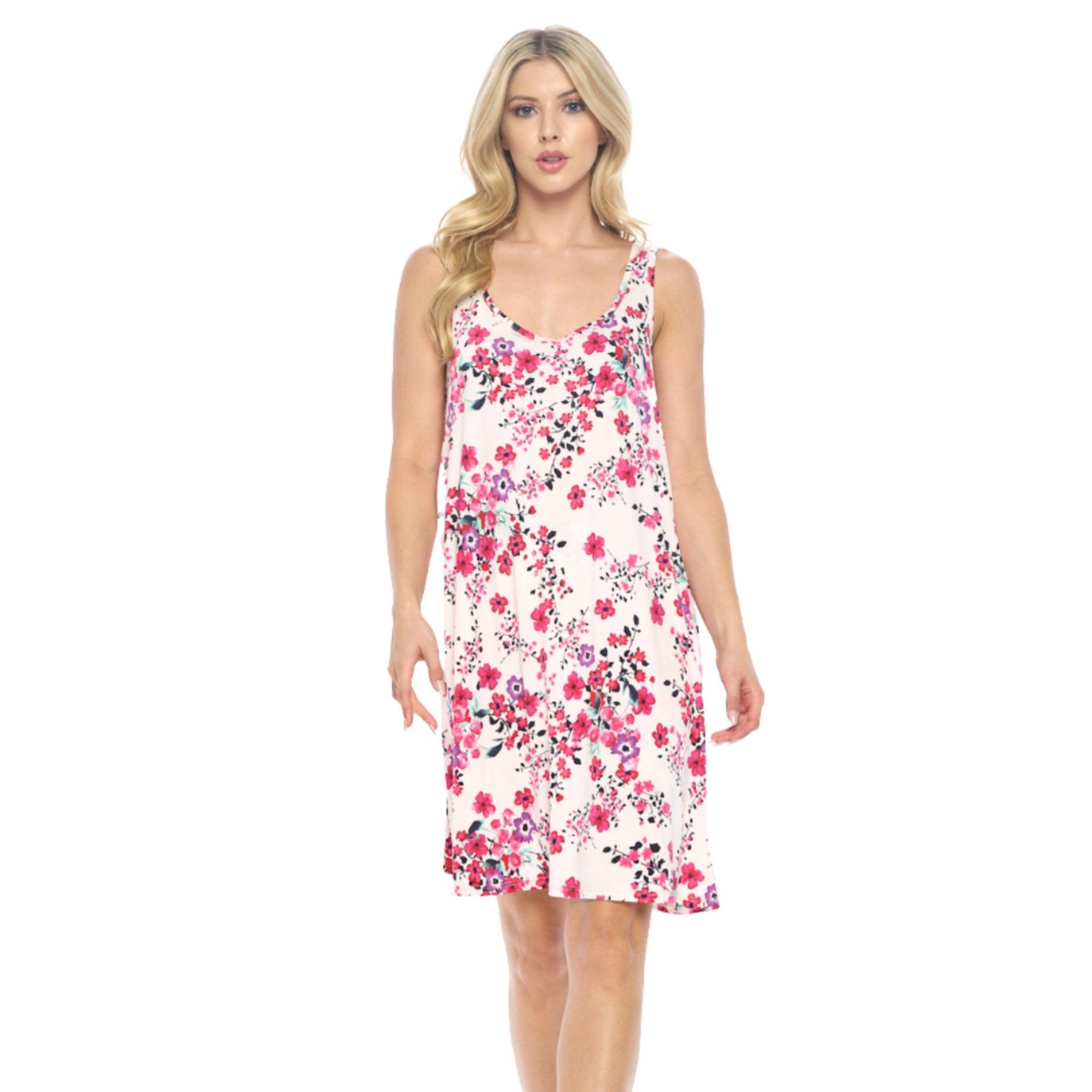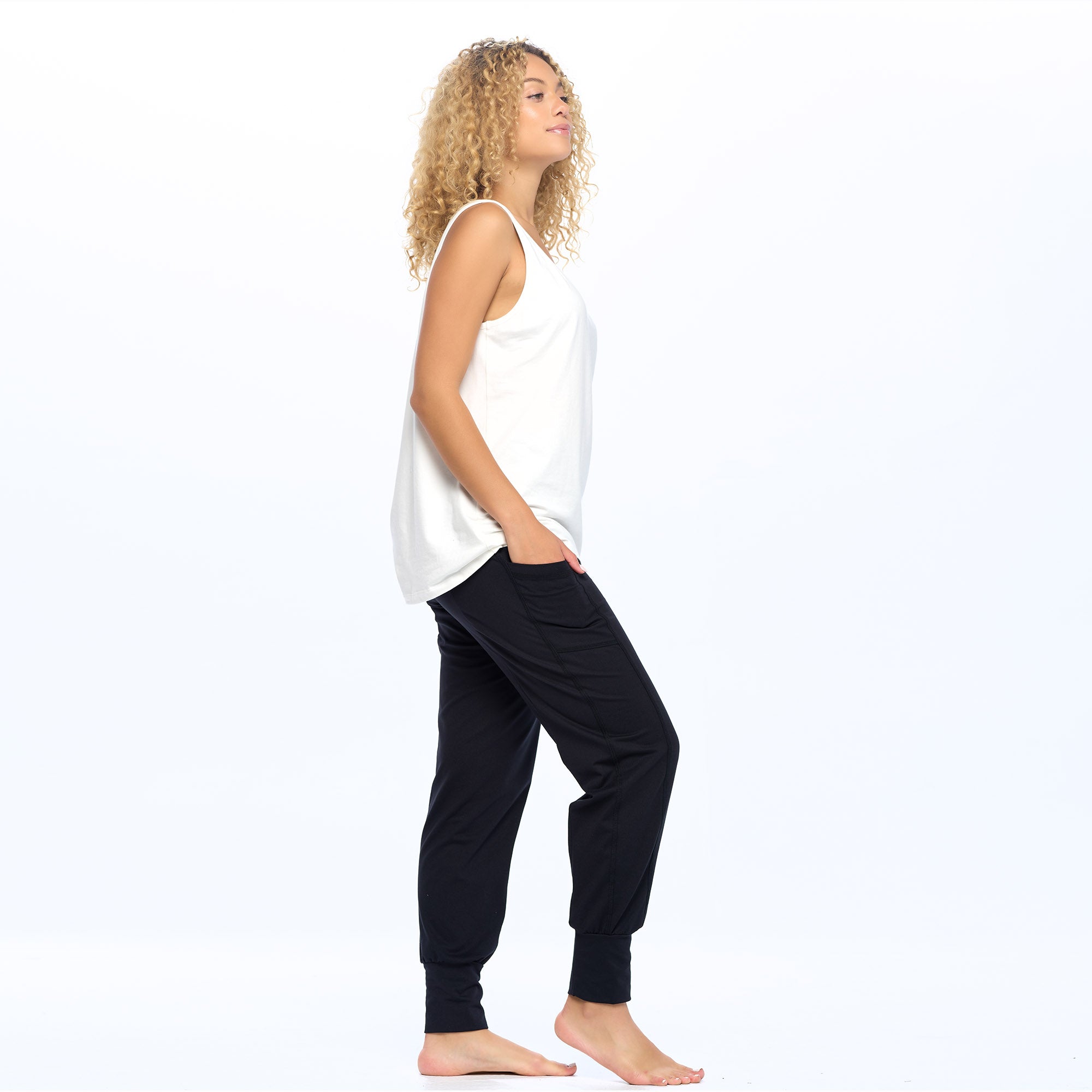Bloomers, an undergarment worn by women, have a long and fascinating history. From their origins in the early 1800s to their significance in the women's rights movement, they have played an important role in shaping women's fashion and freedom. Reading this article, you’ll learn about the history of bloomers, their design and functionality, controversies and criticisms, and their legacy.
The Origins of Bloomers
Early Women's Undergarments
The origins of bloomers can be traced back to early women's undergarments, which were often restrictive and uncomfortable. Women wore layers of petticoats and corsets under long skirts and dresses which was seen as a sign of femininity. Along with being uncomfortable, these undergarments made it difficult for women to enjoy physical and social activities like riding a bike.
However, in the early 1800s, women began to embrace more comfortable and practical clothing, including trousers or "pantaloon" style garments. These were seen as scandalous by many at the time, but they marked the beginning of a shift towards more functional and liberated women's clothing.
Amelia Bloomer and the Reform Movement
Amelia Bloomer, an American journalist and women's rights advocate, played a crucial role in popularizing bloomers. In the mid-1800s, she started wearing loose-fitting trousers under a short dress and jacket, and soon many women followed suit. Bloomer believed that women deserved to dress comfortably and practically, and that their clothing should not inhibit their movement or freedom.
Bloomer was also a strong advocate for women's suffrage, and she believed that women should have the right to vote and participate fully in society. She saw the restrictive clothing of the time as a symbol of women's oppression, and she wanted to change that.
The Connection to Women's Rights
Bloomers became associated with the women's rights movement of the 19th century, as they symbolized women's desire for equality and freedom. Women who wore bloomers often faced ridicule and criticism, but their bold fashion statement helped to spur the movement forward. Bloomers represented a break from traditional gender roles and societal norms, and they were viewed by many as a sign of progress and liberation.
As the women's rights movement gained momentum, more and more women began to wear bloomers. They saw it as a way to express their independence and challenge the status quo. Bloomers became a powerful symbol of women's rights, and they helped to pave the way for the more practical and comfortable clothing that women enjoy today.
The Design and Functionality of Bloomers
The design and functionality of bloomers were a significant departure from traditional women's clothing. They featured loose, wide-legged trousers that allowed for greater movement and comfort. They were typically worn with a knee-length dress or blouse and often included a waistband or drawstring for a more comfortable but secure fit. Bloomers were made from lightweight materials like cotton or linen, which made them ideal for warmer weather and physical activities.
The Shift from Restrictive to Comfortable
Bloomers represented a significant shift from the restrictive clothing that women had worn for centuries. For centuries, women had been expected to wear clothing that was tight-fitting and constricting, which made it difficult to move around freely. Bloomers were designed to be comfortable and practical, and they allowed women to engage in activities that had been previously off-limits. This shift marked a turning point in women's fashion and helped pave the way for more practical and functional clothing for women.
Women had long been confined to the home and domestic duties, and their clothing reflected this. Bloomers, however, challenged these norms and gave women the freedom to move around more easily and participate in activities that had previously been reserved for men.

The Role of Bloomers in Sports and Physical Activities
Bloomers were also embraced by women who participated in sports and physical activities. They provided greater freedom of movement and were less restrictive than traditional clothing, making them ideal for activities like cycling, golf, and tennis. Women who wore bloomers were often seen as trailblazers in their fields and helped to pave the way for greater inclusion of women in sports.
Bloomers were particularly popular among female cyclists, who had previously been forced to wear long skirts or dresses while riding. These restrictive garments made cycling difficult and uncomfortable, and many women were discouraged from participating in the sport as a result. Bloomers provided a practical solution to this problem, allowing women to cycle comfortably and safely.
The Influence on Fashion and Dress Reform
The popularity of bloomers sparked a wider movement towards dress reform, with women's clothing becoming less restrictive and more practical. This movement was led by women who were determined to challenge traditional gender roles and break free from the constraints of patriarchal society. Bloomers were just one aspect of this wider movement, but they played an important role in challenging the status quo and paving the way for greater gender equality.
Today, women's clothing is more practical and functional than ever before, and this can be traced back to the influence of bloomers and the wider dress reform movement. Women are no longer expected to wear restrictive clothing or conform to traditional gender roles, and this is thanks in part to the trailblazing women who embraced bloomers and helped to change the face of women's fashion forever.
Controversies and Criticisms
Bloomers were not without controversy and criticism. Many viewed them as scandalous and inappropriate, and women who wore them often faced ridicule and ostracism.
Public Reaction to Bloomers
Public reaction to bloomers was mixed. While some women embraced them as a symbol of freedom and liberation, others viewed them as scandalous and inappropriate. Men, in particular, were often critical of bloomers, viewing them as a sign of female independence and rebellion. The controversy surrounding bloomers helped to fuel the women's rights movement, as women fought for the right to dress as they saw fit;
The Role of Media in Shaping Perceptions
The media played a significant role in shaping public perception of bloomers. Many newspapers and magazines portrayed them as scandalous and inappropriate, perpetuating negative stereotypes about women who wore them. The media's portrayal of bloomers helped to fuel the controversy surrounding them and contributed to the negative public reaction they often received.
The Decline and Resurgence of Bloomers
Despite their significance in women's fashion and freedom, bloomers eventually fell out of favor in the early 1900s. At that time, women began to embrace more traditional clothing and bloomers were seen as a relic of the past. However, they experienced a resurgence in the 1960s and 70s, as the women's liberation movement took hold. Bloomers were viewed once again as a symbol of women's empowerment and a break from restrictive gender roles.
The Legacy of Bloomers
The legacy of bloomers is profound. They represented a significant shift in women's fashion and helped to break down societal norms that restricted women's freedom and autonomy. They were a symbol of women's desire for equality and liberation, and they helped to pave the way for more practical and functional clothing for women. Today, bloomers can still be found in various forms, and their influence can still be seen in modern women's fashion.
Modern Adaptations and Variations
Modern adaptations and variations of bloomers can be found in various forms. They are often worn as athletic wear or as part of a vintage-inspired fashion look. They have also been incorporated into various subcultures, including punk and goth fashion.
Many garments, like the shortlette or slip short by Undersummers, are reminiscent of bloomers. They are lightweight, anti-chafing, have a fitted waist, and come in a variety of lengths including both the short and long leg design.
The Impact on Women's Fashion and Freedom
Bloomers had a significant impact on women's fashion and freedom. They helped break down societal norms that hindered the progress for women. Bloomers represented a break from traditional gender roles and helped spur the women's rights movement forward. Today, women can dress as they see fit, thanks in part to pioneers like Amelia Bloomer and the bloomers she helped popularize.
Bloomers as a Symbol of Empowerment
Bloomers continue to be seen as a symbol of empowerment for women. They represent a break from traditional gender roles and a desire for greater comfort, movement and freedom. Women who wear some type of bloomers today, like the lace or cotton shortlette, are continuing the legacy of Amelia Bloomer and the women who challenged societal norms in the 1800s. Bloomers serve as a reminder that fashion has the power to challenge societal norms and spur progressive change.









